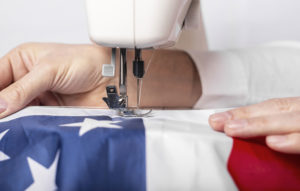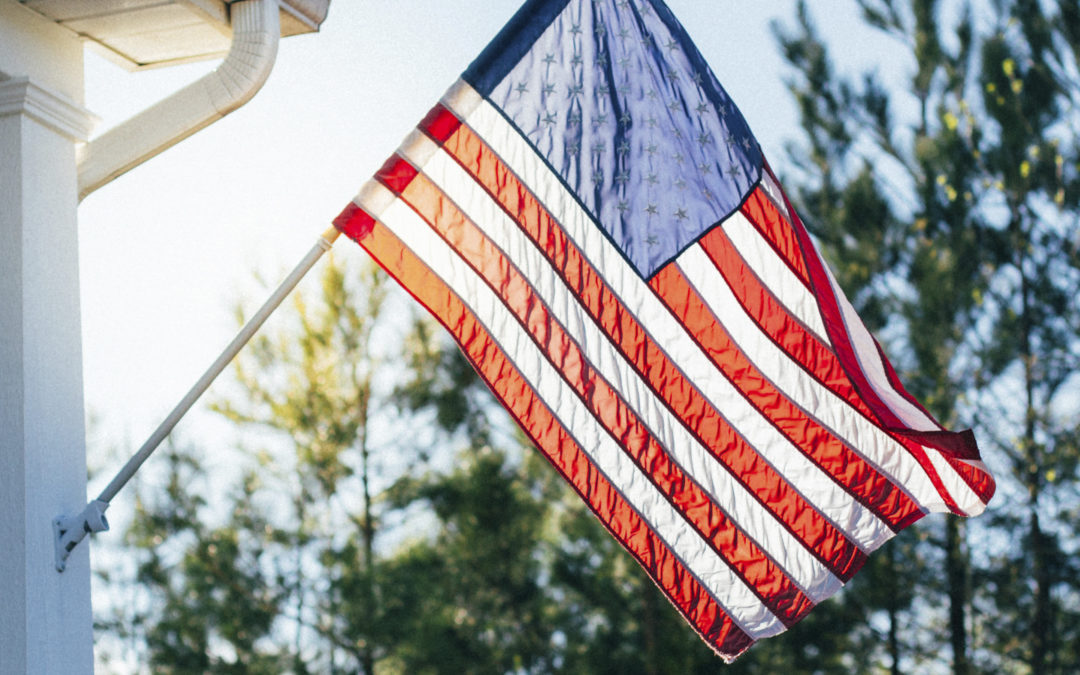Do you ever stop to wonder about all the intricacies and etiquette that goes into the seemingly simple, solemn and patriotic practice of unfurling the American flag for display?
As we prepare for Memorial Day later this month and Flag Day in June, it is a good time to brush up on a small bit of the etiquette and history of the flag, which symbolizes liberty, justice and freedom.
The flag has changed numerous times since the Continental Congress first approved it in 1777. It started with 13 stars in a field of blue representing what the Congress called a “new constellation.” Thirteen stripes of red and white alternated to also represent the first 13 colonies.
Over the centuries, through passage of legislation or executive orders by presidents, changes were made to the flag, most often as states were added. The last change was made by President Dwight Eisenhower in 1959, ordering the realignment of the stars to account for Hawaii’s statehood. The new flag took effect on July 4, 1960.
Now the 13 alternating red and white stripes represent the first 13 colonies and the 50 stars represent each of the 50 states.
One of the pieces of etiquette, part of the U.S. Flag Code, is that the flag must be properly illuminated if it remains on display outside after dusk. Otherwise, the flag is to be flown from dawn to dusk. It must be hoisted briskly and lowered ceremoniously, according to the U.S. Department of Veterans Affairs.
Only all-weather versions of the American flag may be flown in rain, snow and windstorms because the flag should not be subject to weather damage, the agency said.
Other rules and etiquette include not letting the flag touch anything below it or rest on the ground, and properly disposing of the flag in a flag retirement ceremony when it is worn or tattered. That process may require research, especially as many flags are now made of synthetic material.
The American Legion adopted a resolution in 1937 outlining steps for disposing of these “unserviceable” flags on Flag Day each year. The cotton and wool flags that are collected are inspected and burned as part of a ceremony. Flags made of nylon or synthetics cannot be burned because of the release of hazardous materials and may be recycled or buried.

Memorial Day is designated as a day to remember those who have died in service to the United States. President Harry S Truman designated June 14 as Flag Day in 1946, making official a day that had been remembered since 1877, the centennial of the flag’s adoption.
In his proclamation, Truman wrote that the flag had “become the beloved symbol of our way of life, our achievements as a people, and the many blessings which Providence has heaped upon us.”
As you make plans for those two holidays, we hope you’ll take a moment to think about all that Old Glory means to you.
